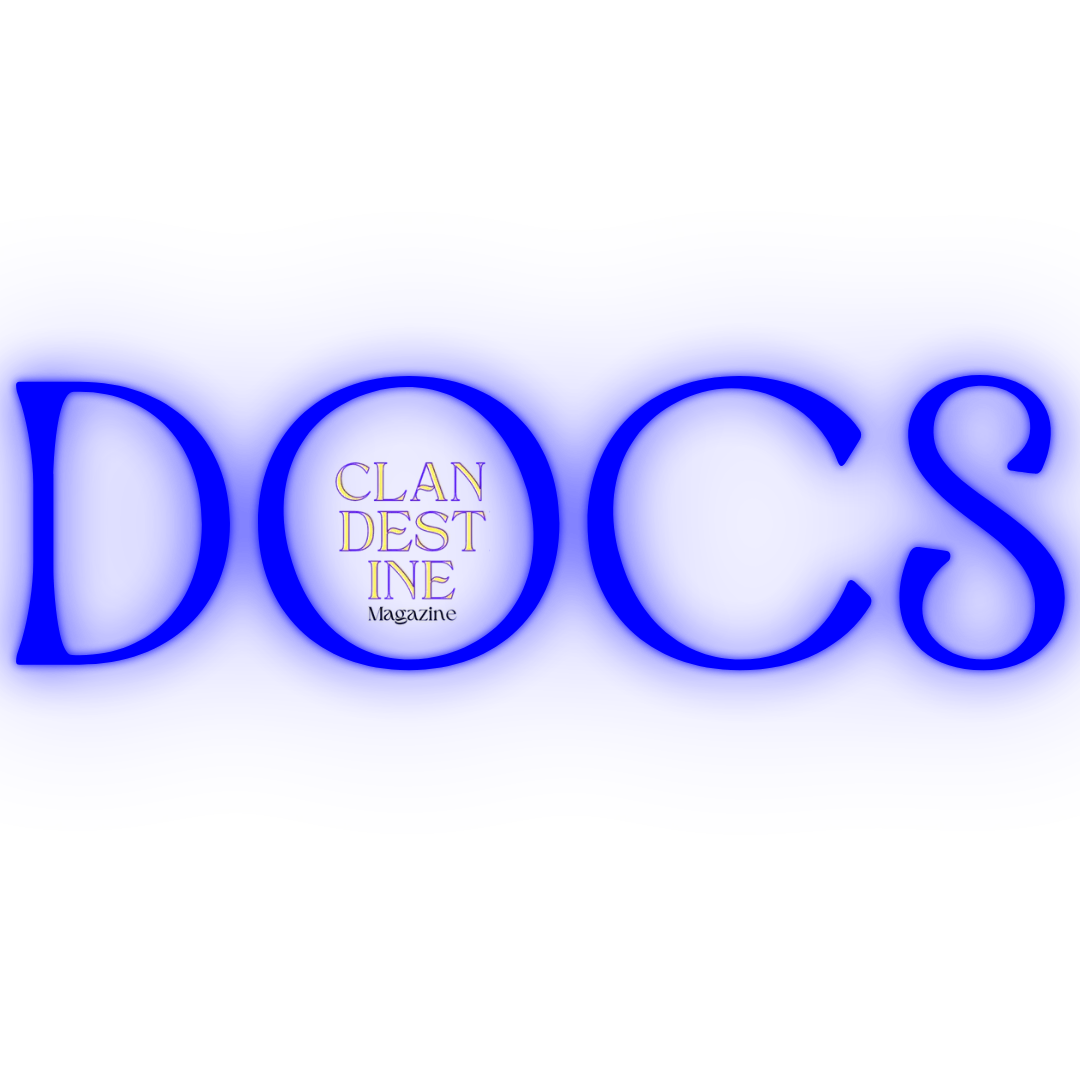Elephants are the world’s largest land mammals, whose tusks and teeth have historically been considered a valuable commodity. The demand for ivory has led to continuous cases of elephant poaching, which has resulted in a large decline in the African elephant population.
While ivory sales have been banned, African elephants remain listed as endangered on the IUCN Red List of Threatened Species, and it is estimated that 55 elephants are poached across the continent every day.
Elephants are keystone species that contribute significantly to their ecosystems. They create watering holes during the dry season by digging with their tusks, providing water for themselves and other animals. They carve pathways by pushing down trees and trampling grasslands, helping smaller animals move through and allowing them to survive. Elephants disperse seeds in their dung, creating a food source for dung beetles and aiding seed distribution. They are gentle creatures that have been observed to experience empathy and are known to bury and mourn their dead.
Their endangerment contributes to the loss of biodiversity and risks eventual extinction. Poaching between 2009-16 has led to a 30% reduction in their population numbers. To understand the threat that elephants face today, it is essential to look back at the long, brutal history of the ivory trade.
The Beginnings of the Ivory Trade
There are many historical archives of ivory distribution over the centuries. In fact, there are records that detail the existence of the ivory trade across millennia, spanning all the way back to the 2nd century AD.
During this time period, Arab merchants transported large amounts of ivory from the Swahili coast to Oman. From there, it was exported to India and China. In ancient times, the ivory trade involved both poaching elephants for their tusks and harvesting those tusks from elephants who had died of natural causes. During later periods, much of the ivory obtained was a result of poaching.
Ivory was in high demand throughout mainland Europe during the Middle Ages, where it was transported to ivory carving centres and used to create containers for holy relics. It was also popular among the Chinese upper class during this time.
Over the next 200 years, the Portuguese exported ivory through coastal ports across the Indian Ocean. It then reached destinations across Europe and the British Empire.
Later, in the 19th century, much of the ivory that was shipped from Africa went to England and was used to create ornate décor, piano keys and cutlery. It was also used for false teeth before being replaced by porcelain toward the end of the Victorian era.
Ivory was carried in loads that could weigh up to 70lbs. The product was transported by ivory caravans, aided either by porters that were hired at the coast, or by slaves. There were reports that professional porters carried 50-60lbs of ivory on their heads during transportation.
Conservationist Esmond Bradley Martin found that during the colonial era, more than 44,000 African elephants were killed yearly between 1850-1914. This totals 2.8 million elephants. Although global bans were introduced in the 20th century, the economic value of ivory ensured that the trade adapted rather than disappeared.
How the Modern-Day Ivory Trade Works
International ivory sales were banned in 1989, but the trade continued to flourish illegally in the far east. It was only as recently as 2016 that the world’s biggest ivory market was shut down in China. In the same year, 5 tonnes of elephant tusks were seized across airports. This statistic fails to account for the other locations at which ivory contraband was confiscated, illustrating the enormous scale of the issue.
Even in spite of market closures, cases of poaching and illegal exportation of tusks have persisted. In January of this year, the Sheldrick Wildlife Trust anti-poaching teams confiscated 69kg of elephant ivory and made 47 arrests. In February, another 37kg of ivory were confiscated.
It is easy for criminal gangs to exploit villagers living in poverty by bribing them to poach. These bribes consist of a fortune that would otherwise be impossible for them to come by. It isn’t possible to entirely control the movements of elephants or to prevent them from entering farmland. That is to say, they cannot be continuously monitored. As a result, they are vulnerable to poaching.
After an elephant has been killed, their tusks are transported to villages via motorbike, boat, or sometimes on the backs of bicycles. They are subsequently loaded into trucks, taken to cities, and passed to traders who export them abroad. Most shipments in Africa move through Mombasa port, where smugglers hide ivory in and amongst legal produce such as timber and agricultural commodities to prevent detection. From there, the ivory is transported to Asia.
According to experts, around 70% of smuggled ivory ends up in China. Very few shipments that reach East-Asian ports are checked by customs agents, allowing the ivory contraband to be distributed, carved and sold under the radar. More often than not, traders face lax penalties for smuggling, failing to incentivize against committing such crimes. Smuggled ivory is then sold without much resistance, often in the form of jewellery, musical instruments or ornate carvings.
Attempts at Protection
Legal ivory markets that sold tusks from naturally deceased elephants were previously used as a smokescreen for distributing blood ivory, obtained through violence. As a result, widespread bans have ensued. The UK enforced a near total ban on the import, export and dealing of items containing elephant ivory in 2022.
Ivory burns are conducted across African countries to destroy illegally seized tusks and symbolically condemn the inhumanity of poachers. While poaching continues, it is estimated that it has decreased by 50% since the implementation of the Chinese ivory ban. Increased efforts toward elephant conservation result partially from heightened awareness of their plight. This reflects a long-overdue recognition that a creature’s life is infinitely more precious than any monetary value placed on its body parts by exploitative criminals.





















